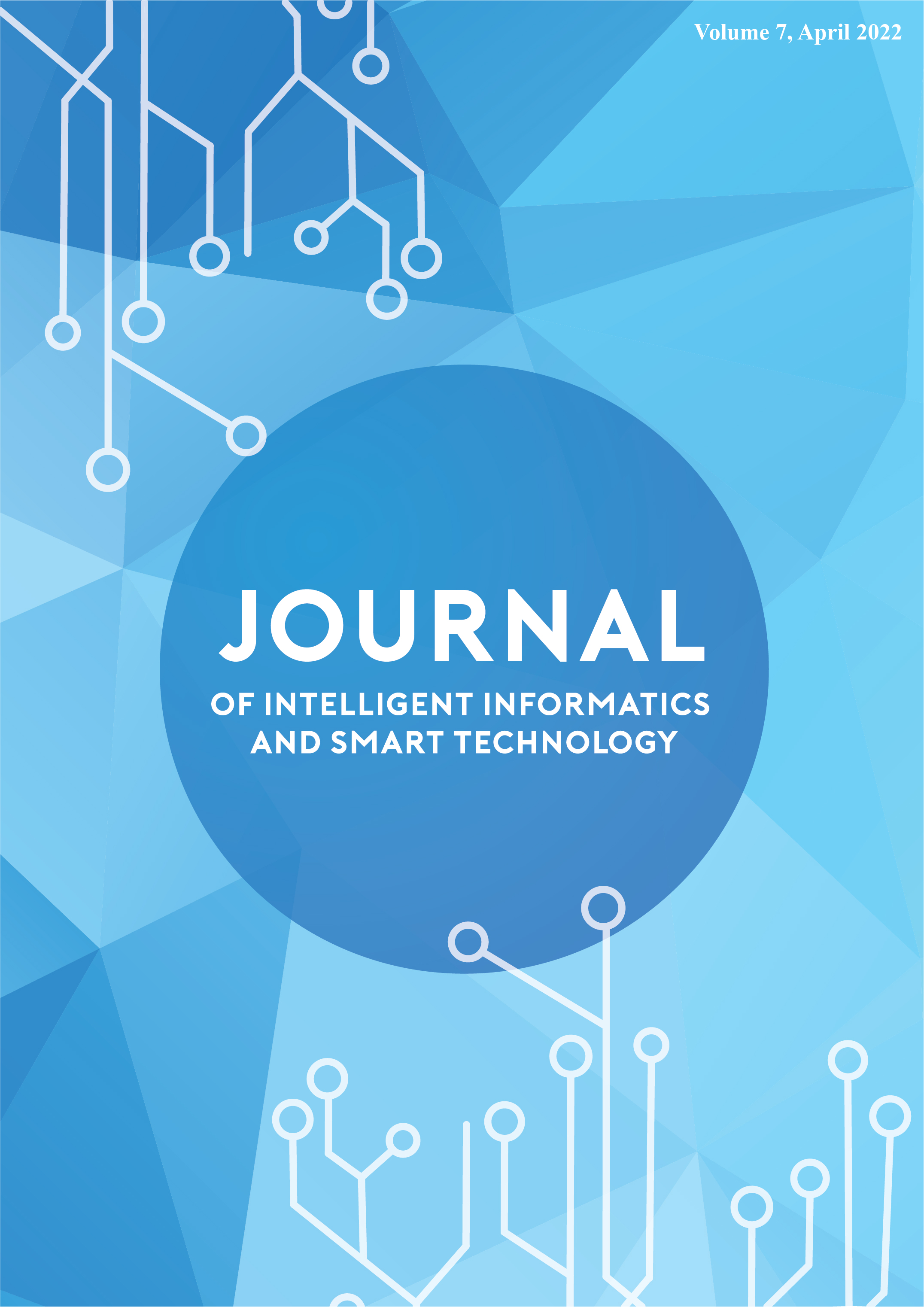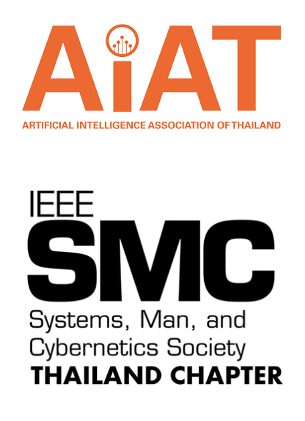Analyzing the Effect of Sense of Being in the Same Room through Video Chat Systems on Work Efficiency
DOI:
https://doi.org/10.14456/jiist.2022.5Keywords:
Sense of being in the same room, Video chat system, Work efficiency, Social facilitationAbstract
Video and audio communication over a network lose its sense of presence over time. However, social
facilitation is more efficient when several people work in the same room than when one person works alone. Although
there is no research on whether telework and distance learning using video chat systems can provide the same
performance as face-to-face environments. This study examined whether social facilitation could occur when one person
worked alone while a monitor was set up to project another person doing the same task. The Uchida-Kraepelin
performance test was used to measure work efficiency using speed and accuracy. The results showed that the work
efficiency is the same as when several people worked in the same room, even though it did not provide the sense of being
in the same room.
References
Global Workplace Analytics, Latest Work-At-Home/Telecommuting/Mobile Work/Remote Work Statistics, https://globalworkplaceanalytics.com/telecommuting-statistics
Goto, M., Hamano W. "Trends in surveys about home teleworking during the COVID-19 pandemic in Japan," INSS JOURNAL 27, pp. 252–274, 2020.
Heath, C., Luff, P. "Disembodied conduct: communication through video in a multi-media office environment," Conference on Human Factors in Computing Systems(CHI 1991), pp. 99–103, 1991.
Zanbaka, C., Ulinski, A., Goolkasian, P., Hodges L. F. "Social responses to virtual humans: implications for future interface design," Proceedings of the SIGCHI Conference on Human Factors in Computing Systems(CHI'07), pp. 1561–1570, 2007.
Hwang, A. H., Won, A. S. "IdeaBot: Investigating social facilitation in human-machine team creativity," Proceedings of the 2021 CHI Conference on Human Factors in Computing Systems(CHI'21), pp. 1–16, 2021.
Kachach, R., Orduna, A., Rodríguez, J., Pérez, P., Villegas, Á., Cabrera, J., García, N. "Immersive telepresence in remote education," Proceedings of the International Workshop on Immersive Mixed and Virtual Environment Systems(MMVE'21), pp. 21–24, 2021.
Fitter, N. T., Chowdhury, Y., Cha, E., Takayama L., Matarić, M. J. "Evaluating the effects of personalized appearance on telepresence robots for education," Companion of the 2018 ACM/IEEE International Conference on Human-Robot Interaction, pp. 109–110, 2018.
Nonaka, N., Itoh, S. "Study on Influence of presence of others on task efficiency in work situations," Proceedings of the Architectural Institute of Japan Kanto Branch 82, pp. 277–280. 2012.
Yoshida, F., Sawada, Y. "The office environment: Effects of space planning on task performance," Tsukuba Psychological Research 17, pp. 135–142, 1995.
Kawaji, T. "A concept to support multi-threading of communication in online classrooms," Proceedings of the 3rd Western Japan Branch of Japan Creativity Society Conference, pp. 37–40, 2020.
Part-time support, http://support-parttime.seesaa.net/article/395447590.html
Nakanishi, Y., Murakami, Y., Kato, K. "Movable cameras enhance social telepresence in media spaces," Proceedings of the 27th International Conference on Human Factors in Computing Systems (CHI 2009), pp. 433–442, 2009.




